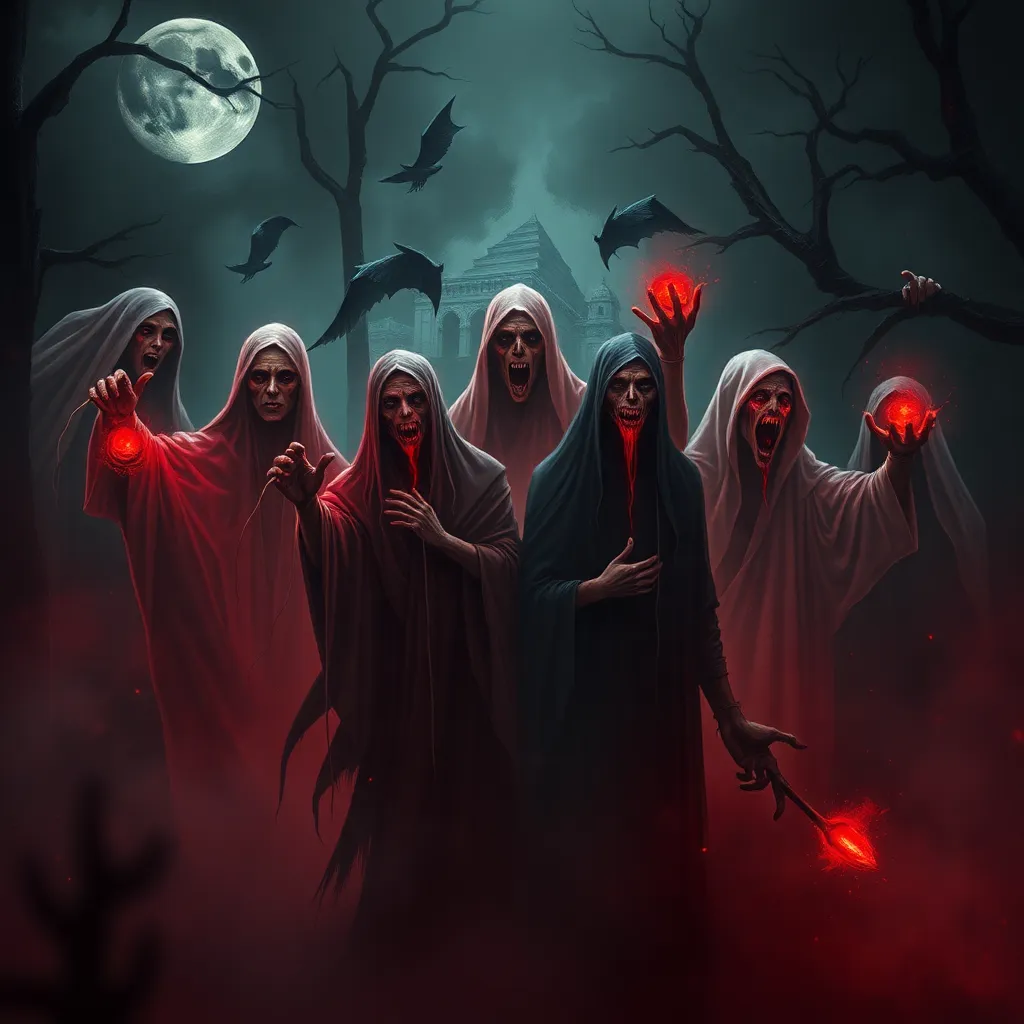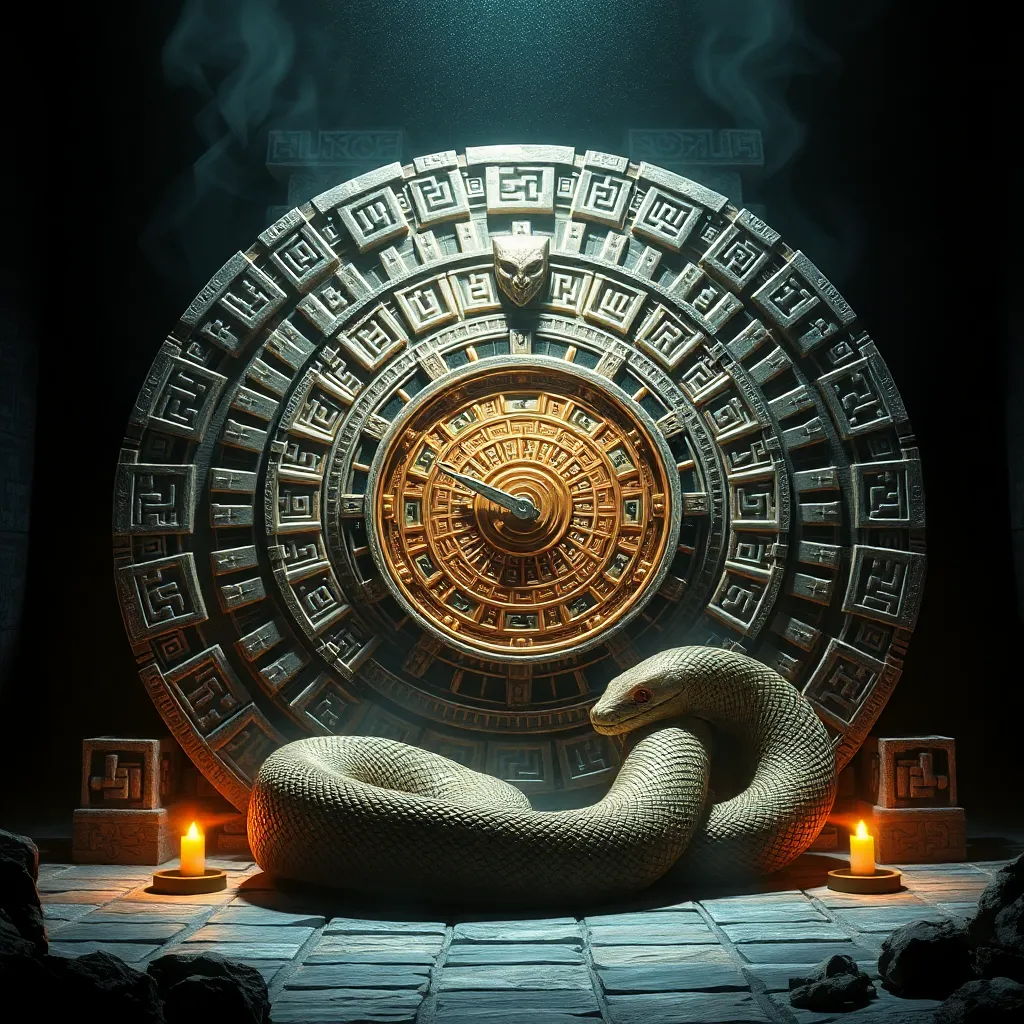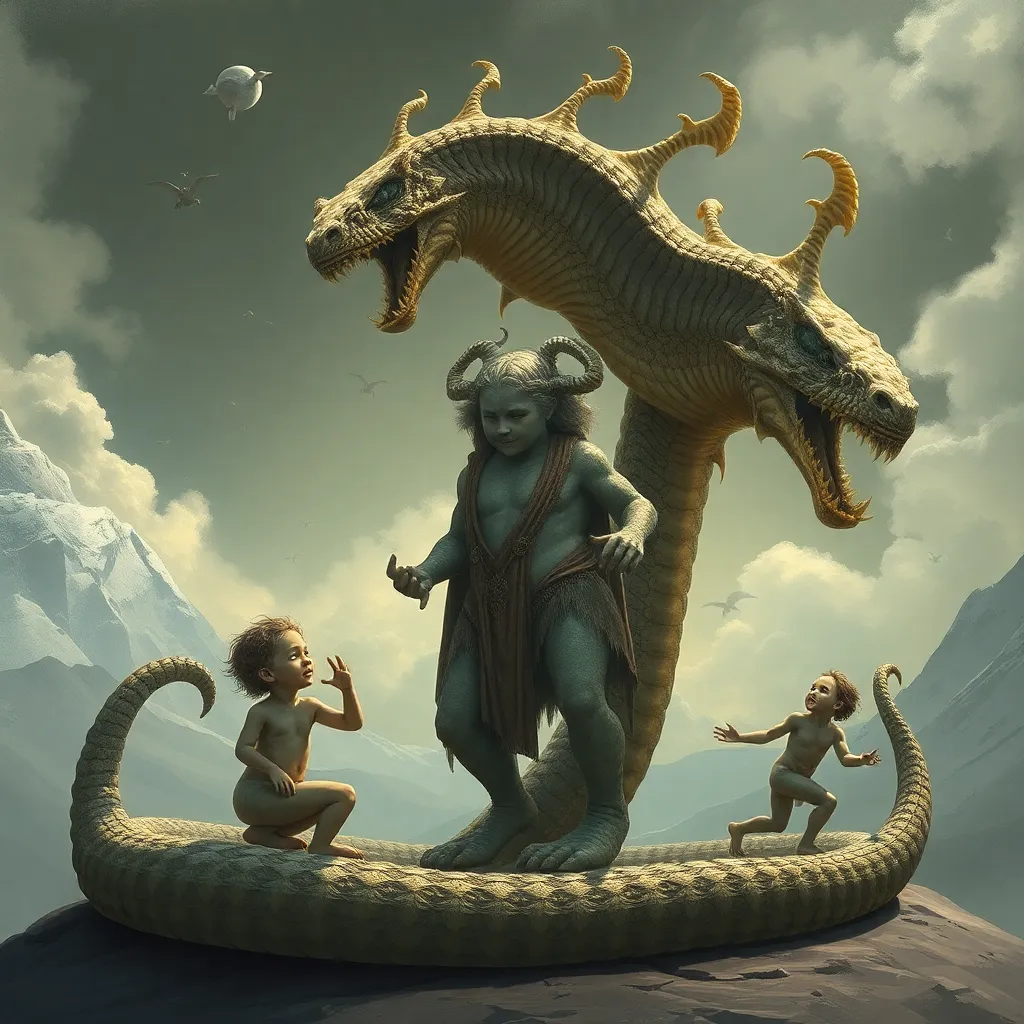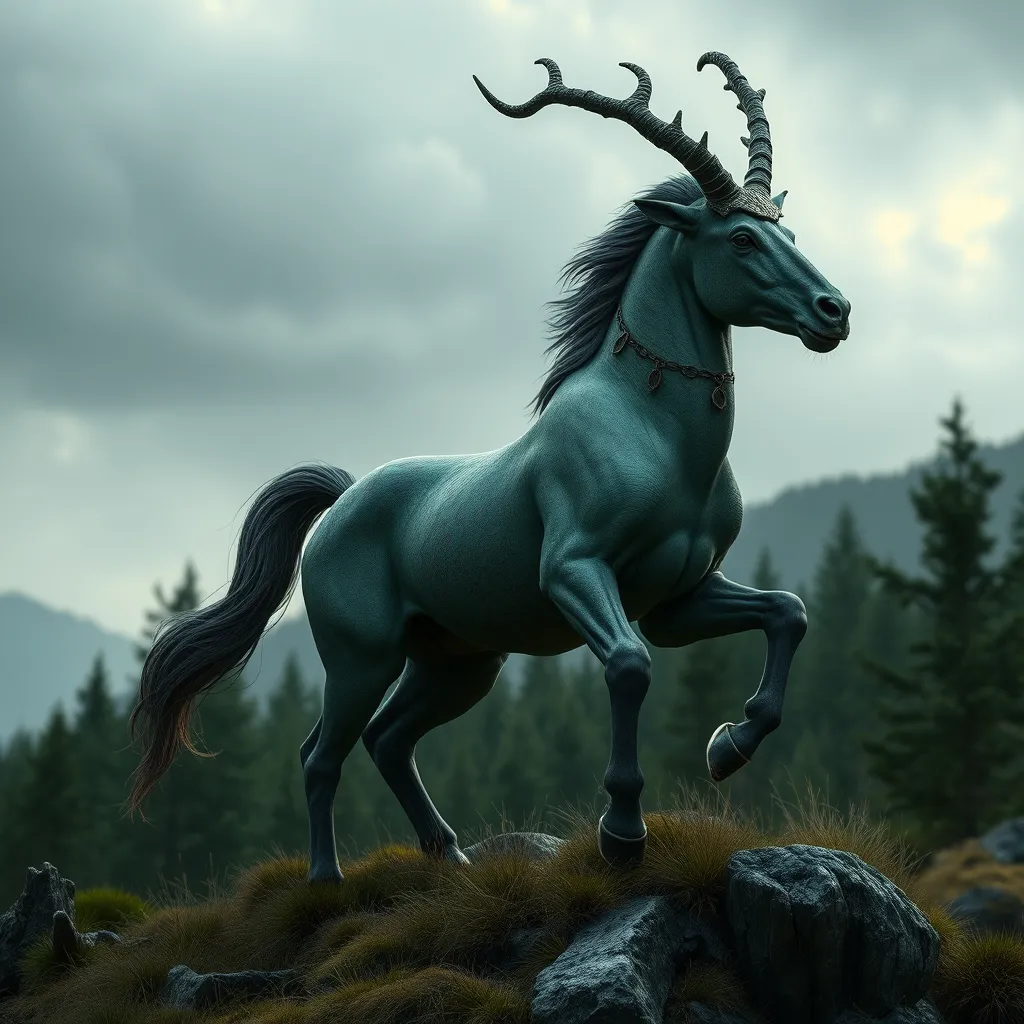The Blood-Drinking Ghosts: Exploring the Vampire Myths of India
I. Introduction
Vampire mythology has long fascinated cultures around the world, with each region infusing its unique characteristics into the portrayal of these blood-drinking entities. From the iconic Transylvanian Dracula to the various creatures lurking in the shadows of folklore, vampires have captured human imagination. In India, the concept of vampire-like spirits takes on a distinct form, deeply rooted in the country’s rich cultural tapestry and diverse traditions.
This article aims to explore the myriad vampire myths of India, delving into their historical contexts, key figures, regional variations, cultural practices, and their impact on literature and cinema. By examining these aspects, we can gain a deeper appreciation of how vampire mythology reflects social fears, cultural values, and enduring traditions within Indian society.
II. Historical Context of Vampire Legends in India
The historical roots of vampire legends in India can be traced back to ancient texts and folklore. These stories often depict blood-drinking spirits that are both feared and revered in various communities.
- Ancient Texts and Folklore References: Texts like the Garuda Purana and the Mahabharata contain references to supernatural beings that share similarities with Western vampire archetypes.
- Cultural Significance of Blood-Drinking Spirits: In many cultures, blood is considered sacred and vital, leading to the belief that spirits consuming blood possess a unique power or influence over the living.
- Comparison with Western Vampire Myths: While Western vampire myths often focus on seduction and immortality, Indian myths emphasize retribution, vengeance, and the consequences of improper rituals or unfulfilled desires.
III. Key Vampire Figures in Indian Mythology
Indian mythology features several prominent vampire figures, each with their own unique attributes and stories:
- The Vetala: An undead spirit that inhabits corpses, the Vetala is known to possess knowledge of the past and is often depicted as a mischievous entity that challenges the living.
- The Brahmarakshas: A vengeful ghost believed to be the spirit of a learned Brahmin who died an untimely death. The Brahmarakshas seeks revenge on those who wronged them in life.
- The Preta: In folklore, Pretas are the hungry ghosts of individuals who have not received proper funerary rites, leading them to roam the earth in search of sustenance, often consuming the life force of the living.
IV. Regional Variations of Vampire Myths
India’s vast geography and cultural diversity give rise to various regional vampire myths, each with unique characteristics:
- North India: Here, tales of the Churail—a male spirit often depicted as a woman with backward-facing feet—and the Pishach, a flesh-eating demon, are prevalent.
- South India: The Kanchana, a spirit that is said to possess and control the living, and the Vetal, known for its association with graveyards, are notable figures.
- East India: In this region, the Bhuta, a malevolent spirit, and the Dakini, a supernatural being that has a connection to the dark arts, are commonly referenced.
- West India: The influence of the Bhoot, a ghostly figure, and the Dakkhini, which is a spirit associated with the southern regions, shows the diversity of beliefs.
V. Cultural Practices and Beliefs Surrounding Vampires
In many Indian cultures, beliefs regarding vampires influence everyday life and rituals:
- Rituals to Ward Off Vampire Spirits: Various rituals, including the use of sacred herbs and protective amulets, are performed to ward off evil spirits and prevent hauntings.
- Superstitions and Their Impact on Local Communities: Beliefs in vampire-like entities often lead to superstitions that shape community behavior and practices, such as avoiding certain places at night.
- The Role of Folklore in Societal Norms: These myths serve as cautionary tales, reinforcing societal norms regarding morality, behavior, and respect for the dead.
VI. The Vampire Myth’s Influence on Indian Literature and Cinema
The influence of vampire myths extends to literature and cinema, where they are reimagined and adapted:
- Representation of Vampires in Classic Literature: Works of literature from the 19th century onwards often incorporated elements of Indian vampire folklore, blending them with Western influences.
- Modern Adaptations in Indian Cinema: Recent films have explored vampire themes, showcasing traditional myths in contemporary settings, thus appealing to modern audiences.
- The Fusion of Traditional and Contemporary Narratives: The merging of folklore with modern storytelling techniques has allowed for a revitalization of interest in these ancient myths.
VII. The Psychological and Societal Impact of Vampire Myths
The psychological impact of vampire myths is notable, as these stories evoke both fear and fascination:
- Fear and Fascination with the Supernatural: Vampire myths often create a sense of intrigue and dread, leading to discussions about life, death, and the afterlife.
- The Influence of Vampire Myths on Mental Health and Behavior: The anxieties surrounding these myths can affect mental health, influencing behaviors and societal interactions.
- Myths as a Reflection of Societal Anxieties: Vampire tales often mirror societal fears, such as the fear of death, the unknown, and the consequences of moral transgressions.
VIII. Conclusion
In conclusion, the vampire myths of India represent a rich tapestry of cultural beliefs and historical narratives that continue to resonate within Indian society. From the Vetala to the Brahmarakshas, these figures embody the complexities of life, death, and the supernatural. The enduring legacy of these myths in literature and cinema highlights their importance in contemporary culture, inviting further exploration and research into their fascinating narratives.
As we delve deeper into the realm of vampire mythology, we uncover not only the fears and fascinations of past and present but also the cultural values that shape our understanding of the supernatural world.



